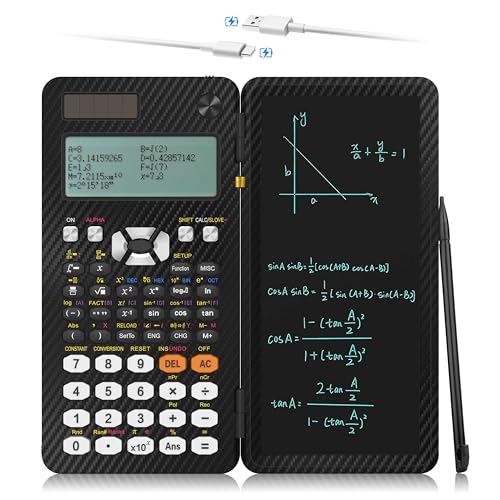...and I'm writing study materials for Thermal Fluids Systems and there are quite a few errors in those sections as well. Please be sure to report the errors to them. Also, if you don't mind post them here so others can see them and give you feedback.
Ok cool, I've been sending them in as I find them. Don Colman from NCEES is probably tired of me by now haha. I'll post the ones I've found below. I could be incorrect in my diagnosis so please let me know if I goofed.
#1 Pg. 157
The 'Vibration Transmissibility' equation should not have the r^2 in front of the equation. One of the PPI problems alerted me to this. I also found a second reference without the r^2:
https://nptel.ac.in/content/storage2/nptel_data3/html/mhrd/ict/text/112107212/lec18.pdf
#2 Pg. 60
Under 'Equivalent Masses', the equation/diagram for 'Masses on a hinged bar' is wrong. The length ratios should be in reference of the total bar length, not the length from the hinge to the first mass. One of the PPI problems alerted me to this. I can't find a corroborating source, but logically the NCEES handbook equation makes no sense.
#3 Pg. 174
The equation solving for D in the figure in row 3 column 1 should use the variable 'y', not 'v'. Probably a typo.
#4 Pg. 9
Regarding the chart for relating viscosity and temperature of various SAE oils. The Y axis shows viscosity in units of reyn. I think the Y axis needs a x10^-6 (i.e. E-6).
#5 Pg 197
The Basic Pitch Diameter of a #6 UNC screw is a typo. Should be 0.1177, not 1.1177.
#6 Pg 196
The 'Tensile Stress Area' units should be in^2, not in. This is goofed in all of the charts.
Not necessarily mistakes, but, there are a lot of equations that have variables with no legend so you have to just know/guess what the variable is. I don't know if NCEES intends to supply ambiguous equations or not. There is also a lack of variable consistency in the handbook. For example, 's' is used for distance in pg 119 'Work' equations. Everywhere else it is 'x'. Another thing I noticed while studying was that the chart 'Approximate Values of Effective Length Factor, K' on pg. 150 is not always clear depending on how the question is asked. At least in the PPI practice problems (and in the NCEES practice test #56 although the picture clarifies), the rod end condition will be described using words like 'pinned' or 'securely attached' or ' free to move'. You just need to know what the English words translate to. Another weird thing is Pg 156. where it seems like they just lumped some general vibration equations in with the 'Torsional Vibration' section. Everything from 'critical damping constant' to ' damped natural frequency' is not strictly torsional vibration so it is weird that its in that section. Pg. 185 is not clear that the 'Unit Second Moment of Area' refers to per unit throat length, not per unit weld size. Maybe that is obvious to someone who works with welds...
One of their replies makes it seem like these might not be fixed before I take the test:
"I will forward your comment to the committee responsible for the Mechanical PE Exam Reference manual for review. This may not happen before you take your exam as they do not meet frequently. If you have any concerns during your exam on handbook content please use this form of communication to let us know so we can review the item and the handbook."
Hope that helps some people!

























